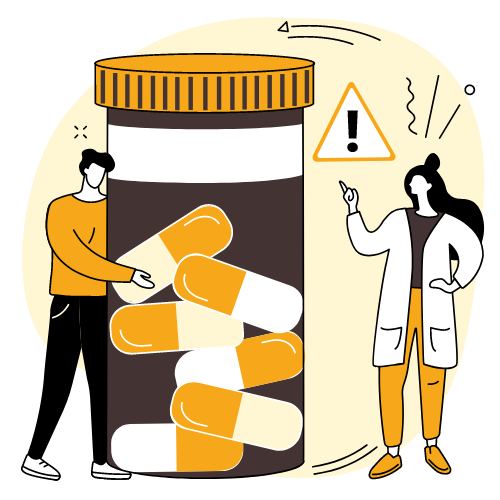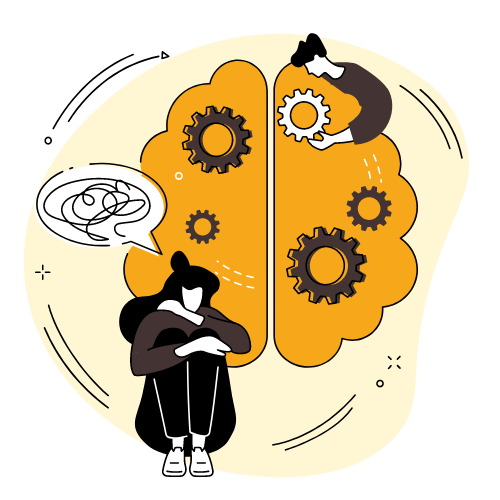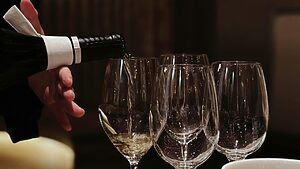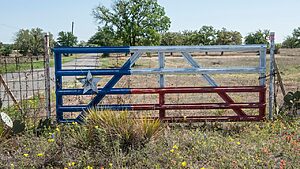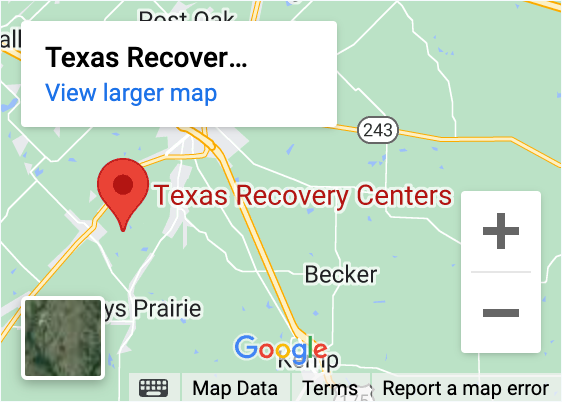Alcohol beverage companies often create new, trendy products to meet the demands of consumers. These product expansions are usually in response to popular health trends or media depictions. The wine cooler isn’t immune to this situation. The history of the wine cooler is fascinating, starting with a gradual rise, sudden decline, and then unexpected resurgence.
Still, as interesting as its history, so are the popular opinions surrounding them. Many have come to believe that the wine cooler is one of the mildest alcoholic beverages one can obtain, leading to some people asking, “Can you get drunk on wine coolers?” Contact Texas Recovery Center if you or a loved one needs to seek treatment at an alcohol rehab center. Call us at 214.295.6503 to learn more about us and our treatment options.
What Are Wine Coolers?
During the early 1980s, wine coolers found their home in areas with strict consumption laws on wine and liquor. These restrictions pertained to alcohol percentages, the volume of alcohol containers, and taxes levied on certain alcohols. The wine cooler evaded these restrictions by having an alcohol percentage lower than wine—typically between four to six percent. Wine cooler concoctions typically consisted of part wine, part fruit juice, and sugar. Wine coolers were also sold in smaller containers, creating an alternative for those who wanted to enjoy a lighter alcoholic beverage without opening an entire bottle of wine. In many ways, the wine cooler is the origin story of many sugar-filled alcoholic beverages that occupy supermarket shelves today.
The Reputation of the Wine Cooler
It can sometimes be tricky to find the precise moment that a cultural trend dies, but not for wine coolers. The wine cooler would begin to drop off on New Year’s Day, 1991, when Congress more than quintupled the tax on wine. But wine coolers didn’t stay gone for long. Alcohol alternatives such as malt liquor were eventually substituted, leading to their eventual resurgence. But, the reputation of the wine cooler was already set in stone. These drinks were sugary, often sickeningly, and generally made with low-quality wine.
The wine cooler would fall out of popularity again in the mid-2000s. However, wine coolers were prevalent among young adults at the peak of popularity. Most often, wine coolers were perceived as a “gateway” drink for those who didn’t usually drink alcohol. Today, wine coolers still exist, but they are nowhere near as popular as they once were. Hard seltzers have largely replaced them. Those who still enjoy wine coolers see them as nostalgic drinks.
Can You Get Drunk on Wine Coolers?
Reputation is one thing, but reality is another. Can you get drunk on wine coolers? Yes, but everyone experiences the effects of alcohol differently. This is because alcohol intoxication is proportional to a variety of physical factors including, but not limited to:
- Height
- Weight
- Metabolism
- Body fat
- Calorie intake
- Quantity of alcohol consumed
- Rate of alcohol consumption
Wine coolers are alcohol, and alcohol can get you drunk, whether in a cocktail, seltzer, or wine cooler. Because of its low alcohol content, some might assume that it is more difficult to get drunk off a wine cooler, but this isn’t necessarily true. Wine coolers contain the same alcohol by volume (ABV) as most beers and should be consumed with the same consideration as any other alcoholic beverage. When considering how many wine coolers one should have in a single evening, consult a state-approved blood alcohol content chart. These charts show the correlation between body weight and intoxication and are an excellent resource for a safe estimation.
Find Out More About Alcohol Consumption at Texas Recovery Center
Like any drug, overconsumption and abuse can significantly increase the risk of addiction. That is why it is always best to talk to a professional when questions on the topic arise. At Texas Recovery Center, our team is experienced and trained in dealing with addiction and overconsumption. For more information or to schedule an appointment today, contact us at 214.295.6503


